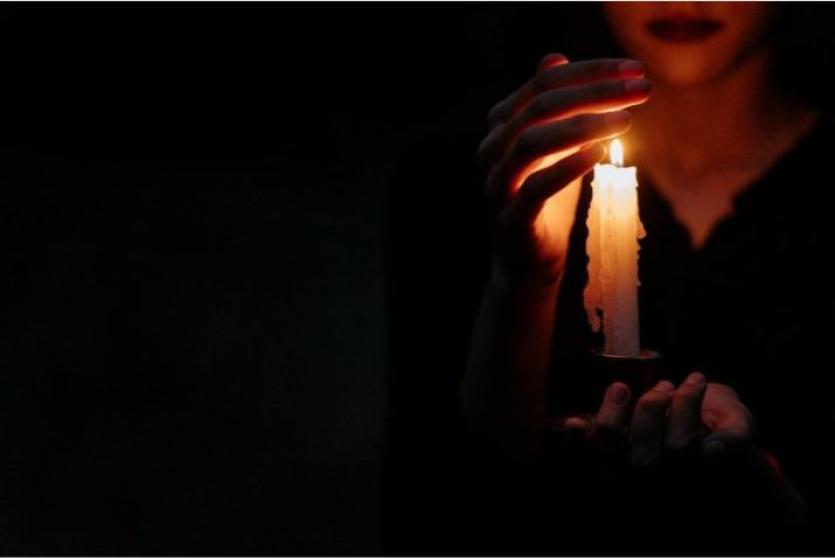The Last Witch of the Isle of Wight

As autumn descends upon the Isle of Wight, the crisp sea air grows cooler, the days grow shorter, and an unmistakable chill creeps in with the Halloween season. With our centuries-old history, ancient landscapes, and timeless coastal beauty, the Island is the perfect setting for ghost stories and tales of the supernatural. One of the most fascinating tales from this haunted past is the story of Molly Downer, often referred to as "The Last Witch of the Isle of Wight".
Born the illegitimate daughter of a reverend, Molly lived in the late 18th century, a time when witch trials and accusations were fading from history across most of Europe, but pockets of superstition and fear still remained strong. Although there’s little concrete historical evidence about her life, local legend suggests that Molly was a solitary woman who lived on the outskirts of Bembridge and is buried in Brading churchyard.
Unlike the classic image of witches with pointy hats and cauldrons, Molly Downer was an ordinary woman by most accounts. But in a time when people often turned to superstition to explain misfortune, she became the focus of fear and suspicion. Villagers whispered that she possessed the "evil eye," had magical powers, and could curse crops and livestock. Any unexplained illness, sudden death of animals, or poor harvest would soon be blamed on Molly's supposed supernatural influence.
Local legend suggests that she was blamed for a series of misfortunes that struck the village, leading to accusations of witchcraft. Some say she was believed to have cursed the villagers' livestock, causing mysterious deaths among the cattle and sheep. Others claimed that she could make people fall ill simply by looking at them. In an era when disease, crop failures, and death were not well understood, blaming someone for using supernatural forces was an easy solution to complex problems.
According to folklore, Molly Downer’s reputation as a witch eventually led to a trial of sorts. Although witch trials in the formal sense were largely a thing of the past by the late 1700s, mob justice and village-driven investigations were still common. The legend says that Molly was confronted by the villagers and forced to undergo various trials to prove or disprove her supposed witchcraft.
One tale tells of a "witch cake" made with her hair and blood, which was fed to a dog to see if the animal would fall under her spell. Another test was the "swimming test," where witches were believed to float when thrown into water, a cruel and dangerous ordeal. In some versions of the story, Molly managed to survive these trials, but her reputation was irreparably damaged. Others say she was eventually banished or ostracized from the village, living out her days in solitude.
Whether or not the tales about her trials are true, Molly Downer’s story left an indelible mark on the Isle of Wight's history…
Looking for advice?
If you're looking to let or sell your property, we can help. Get in touch with your local branch or book in for a property valuation.

Contact Us
Got a question, general enquiry or something else?
You may also like
Since we started in 1990 we have the Island covered with offices in key locations, and we can save you time and money by offering a range of services and expertise under one roof.



